This week’s portion begins a new book of the Bible, Leviticus. It is fascinating to look at the first and last words of each of the books of the Torah:
Genesis: When God began to create the heavens and the earth … in a coffin in Egypt.
Exodus: These are the names of the children of Israel who came to Egypt … throughout their journeys.
Leviticus: The Lord called out to Moses … on Mount Sinai.
Numbers: In the wilderness of Sinai … on the Jordan opposite Jericho.
Deuteronomy: These are the words which Moses spoke … in the sight of all Israel.
In a way, the first and last words are a summary of the whole story. Genesis begins with creation, introduces the family history of our ancestors and ends with Joseph’s burial in a coffin, a “narrow place” that foreshadows our experience in Egypt. Exodus describes our descent into Egypt and then our coming out of that narrow place through the covenant with God that we carry with us on all our journeys. Leviticus begins as God calls out to Moses from the tabernacle we just built, which is an ongoing connection with the revelation at Mount Sinai. Then, in Numbers, we are in the wilderness moving toward the Promised Land, just beyond Jericho. And finally, Deuteronomy. “These are the words which Moses spoke … in the sight of all Israel.” These words are our words; the story is, after all, our story.
It is our story, but for me the hardest part to relate to begins today with Vayikra. The main subject matter, animal sacrifice and ritual impurity, doesn’t seem particularly relevant. Yet this is the text that children traditionally studied when they first began to learn Torah. “Children are pure; therefore let them study laws of purity” (Leviticus Rabbah 7:3).
The word for sacrifice is korbanot, or bringing close. We ended Exodus with building the mishkan, a sacred space to help us stay connected with God. Vayikra tells us that the way to stay connected is through this sacrificial system.
Leviticus is also known as Torat Kohanim, instructions for the priest on how to perform the task of worship (avodah) properly.
But still, who wants to know how to sacrifice an animal today? Our discomfort is not unique; many of the biblical prophets criticize sacrifices where the worshipper seems to be just going through the motions. Maimonides suggests God has no interest in sacrifices; it was our ancestors who needed them to feel they were close to God.
We worshiped God through sacrifices until the Second Temple was destroyed (70 C.E.). By that time the synagogue had already begun to develop, and prayer took the place of sacrifice. The genius of the early rabbis around the time of the Mishnah was to imagine that prayer, avodah she-b’lev, the work (or worship) of the heart, was an exact substitute for worship effectuated by animal sacrifice. So the morning sacrifice, called shacharit, became the morning service called shacharit. Similarly, mincha and ma’ariv.
There is no question that the offering of sacrifices must have been a powerful experience. The spiritual challenge for us, as we begin Vayikra, is to make our prayer life as intense as that experience must have been for our ancestors. Our challenge is to make prayer that powerful, that real.
Not so simple. Making prayer real is not just the job of the clergy, although clergy need to be willing to take risks in creating prayer experiences that engage different kinds of people.
Some Jews are contemplative, others more ecstatic in their spiritual practice. Still others are skeptical, or intimidated by a liturgy they don’t understand and that seems to describe a God they don’t believe in. At Temple Emanuel, we offer different kinds of worship experiences for that very reason — Shabbat B’-Yachad, with its full band, intense energy and soulful music created with the words of prayer projected onto a screen so our hands are free to clap and our bodies free to dance; Shabbat Unplugged, quieter, in the round, enhanced by guitar, drums and clarinet; the Shabbat morning New Emanuel Minyan, with silence as well as music, poetry and interactive learning. But no matter how perfect a worship experience might be, prayer doesn’t work unless the pray-er does the work, the work of opening the heart.
Not easy. It is work. But you don’t have to do it alone; in fact, it might not even be possible to do it alone. We are blessed in Los Angeles with many wonderful synagogue communities exploring different ways to make prayer real. And there is an important new book, “Making Prayer Real” by Rabbi Mike Comins (Jewish Lights Publishing), which will help us talk to one another about how we can work together, clergy and congregants, to create prayer that “works.” Read the book and join the conversation — with your clergy, with others in your congregations, and, yes, with God.
Vayikra: God is calling you. How will you respond?
Laura Geller is senior rabbi of Temple Emanuel of Beverly Hills (tebh.org), a Reform congregation.
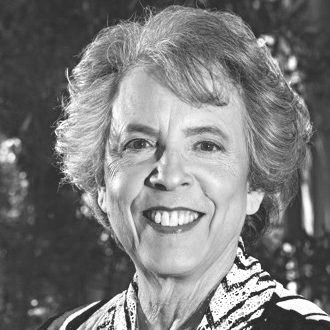








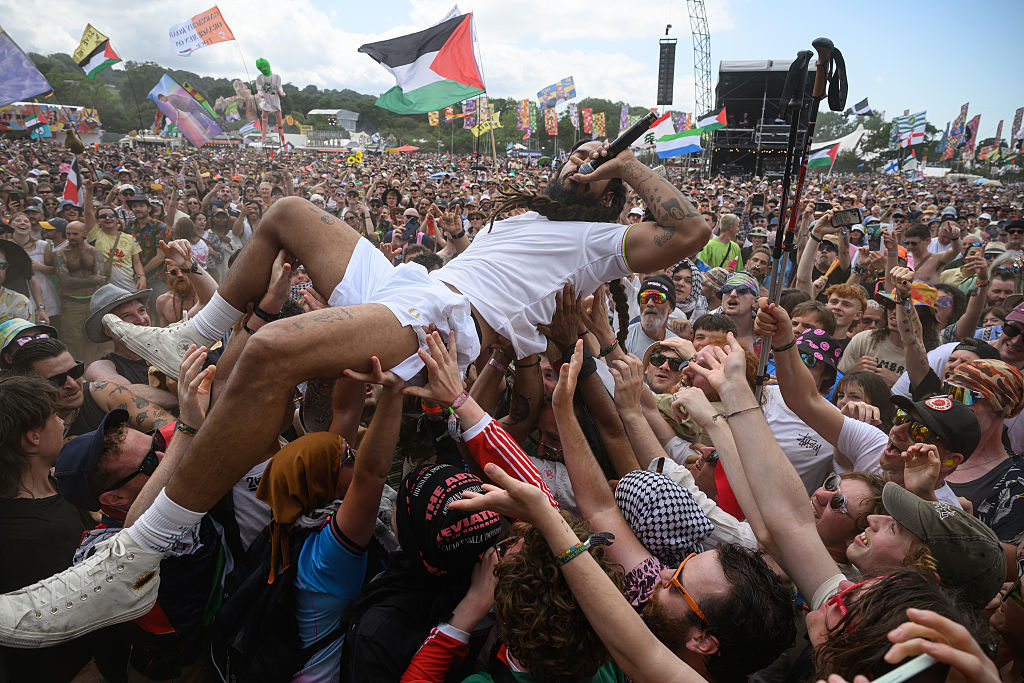

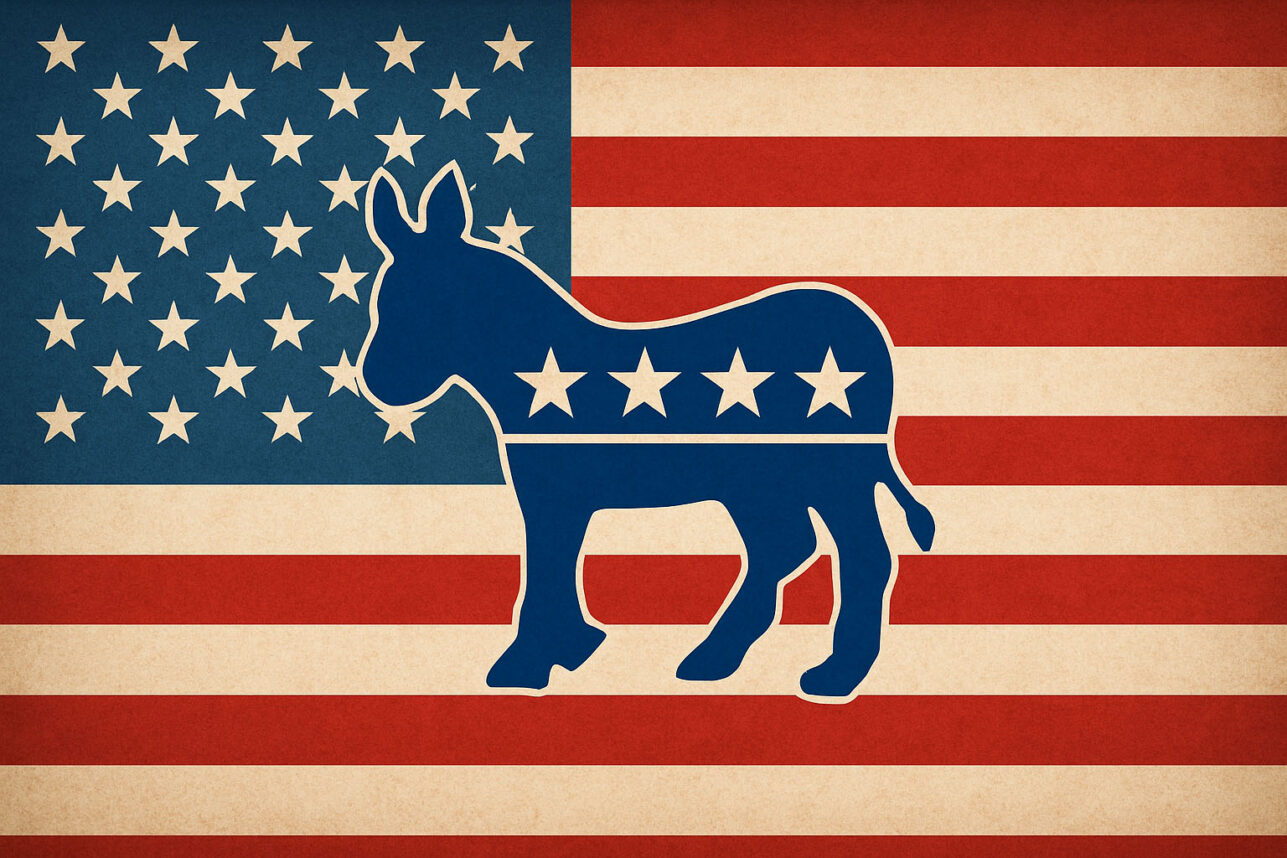
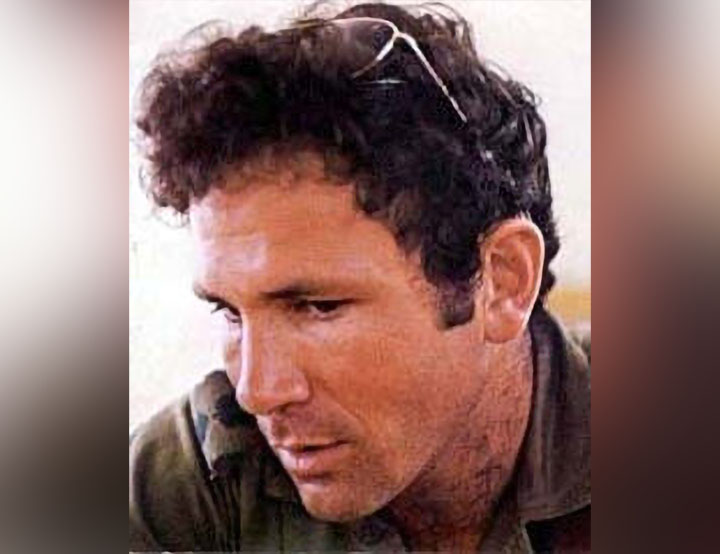
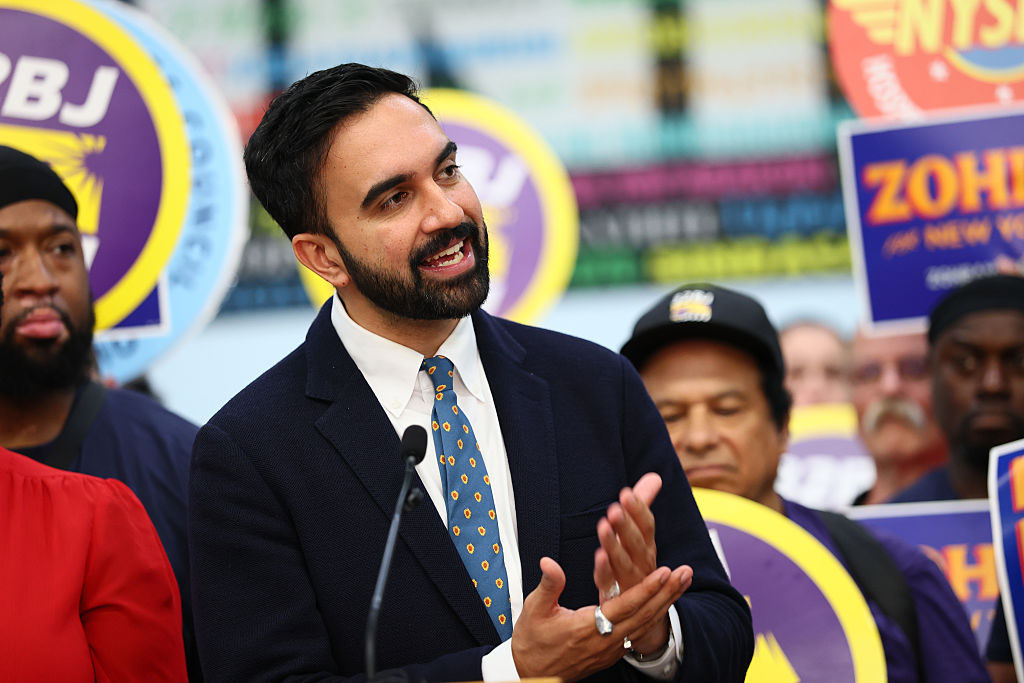
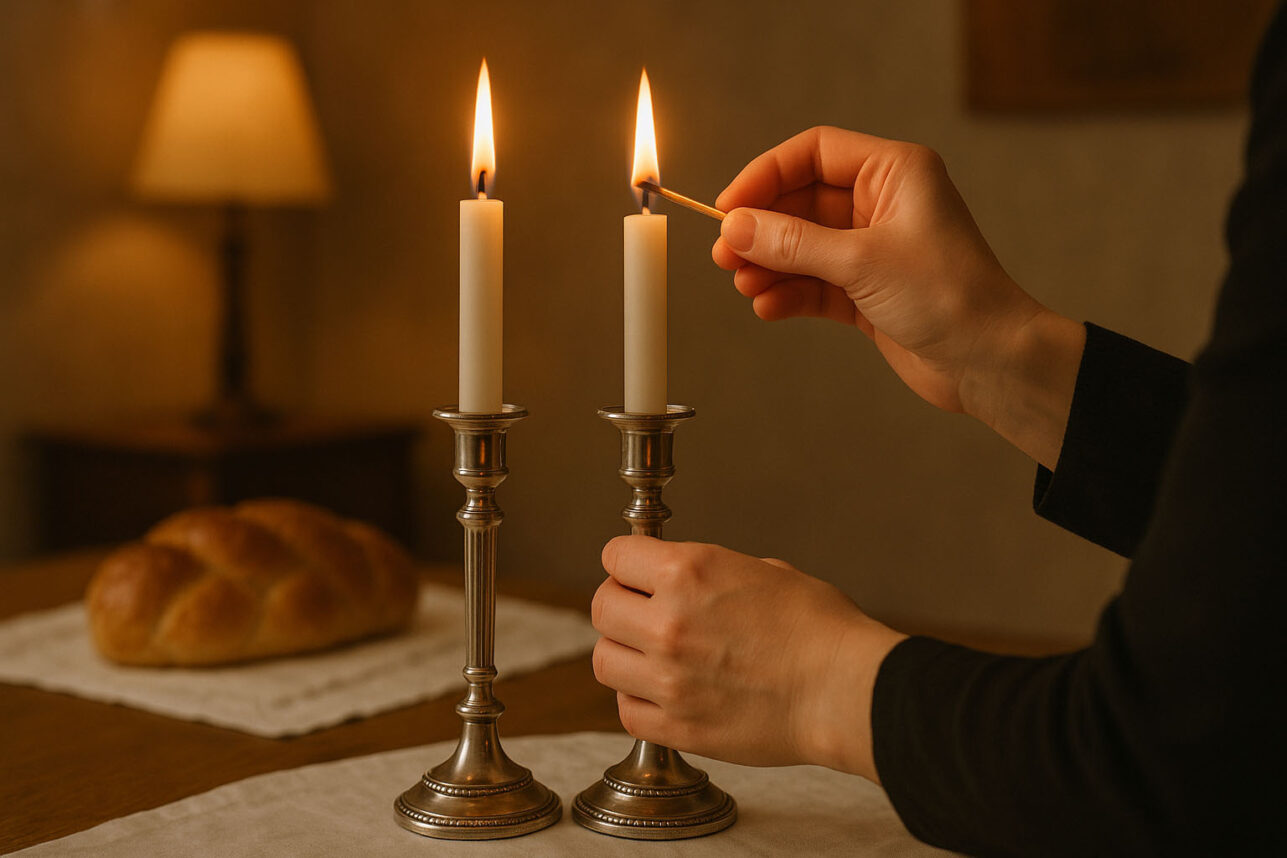


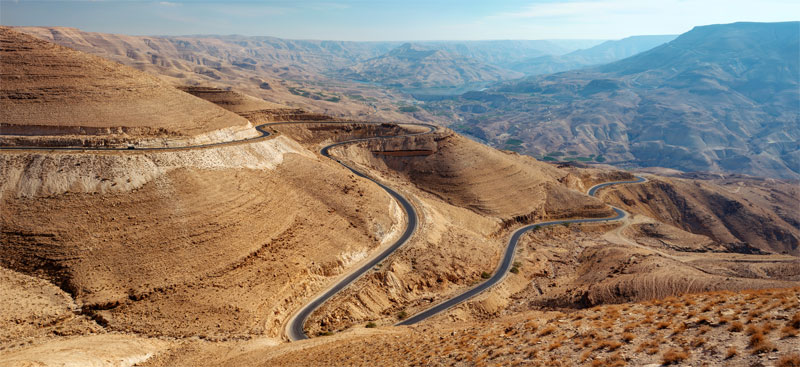



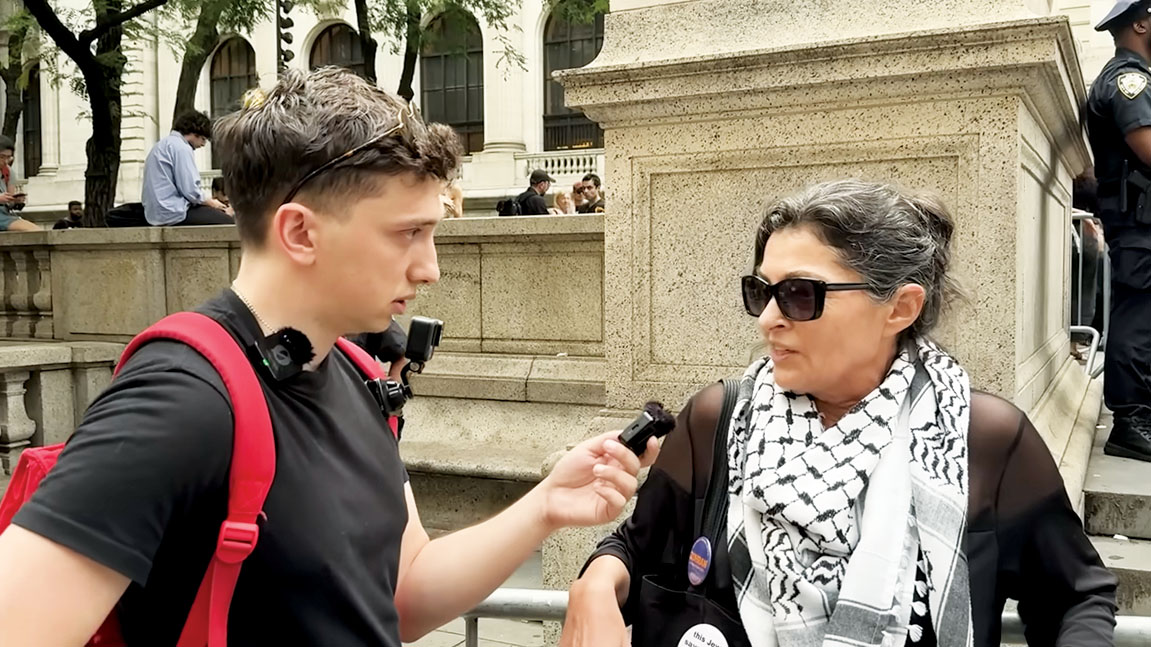
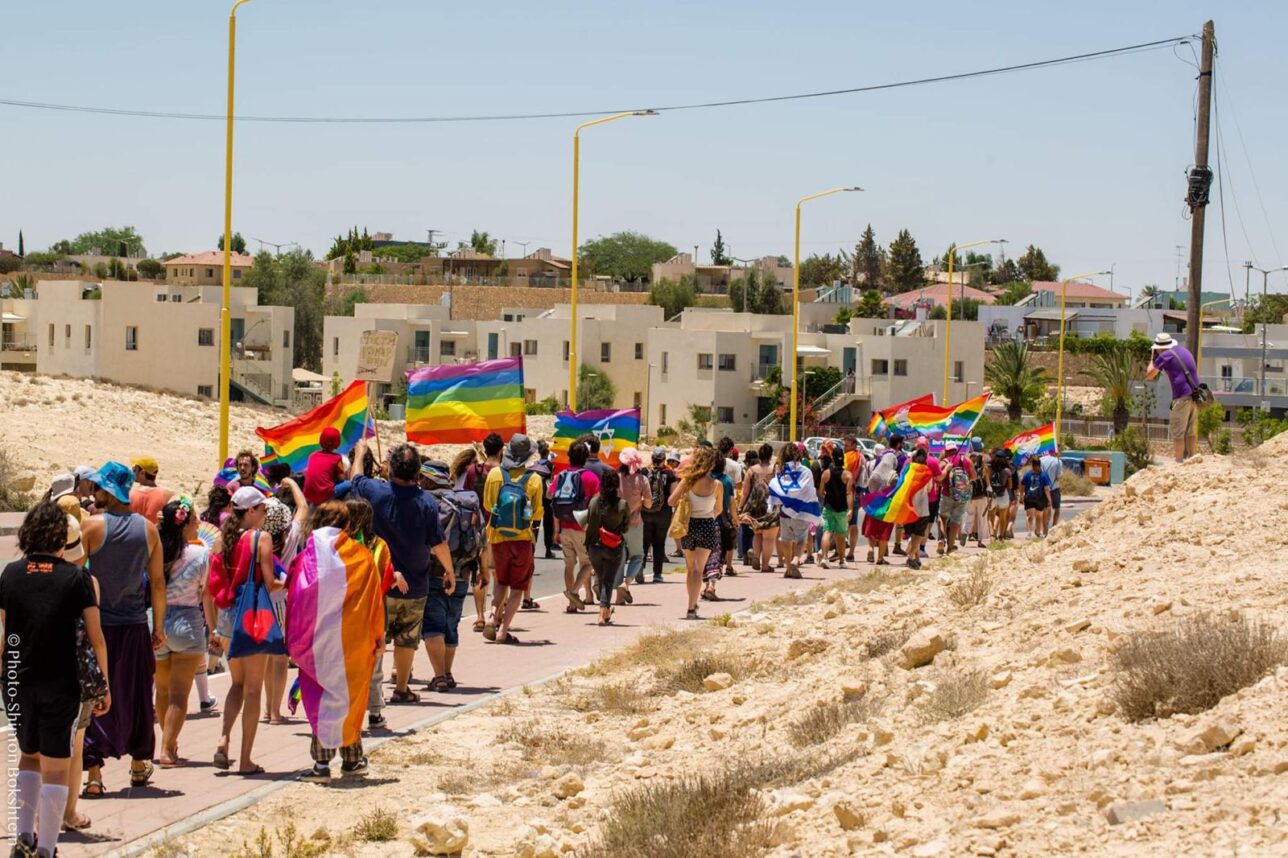

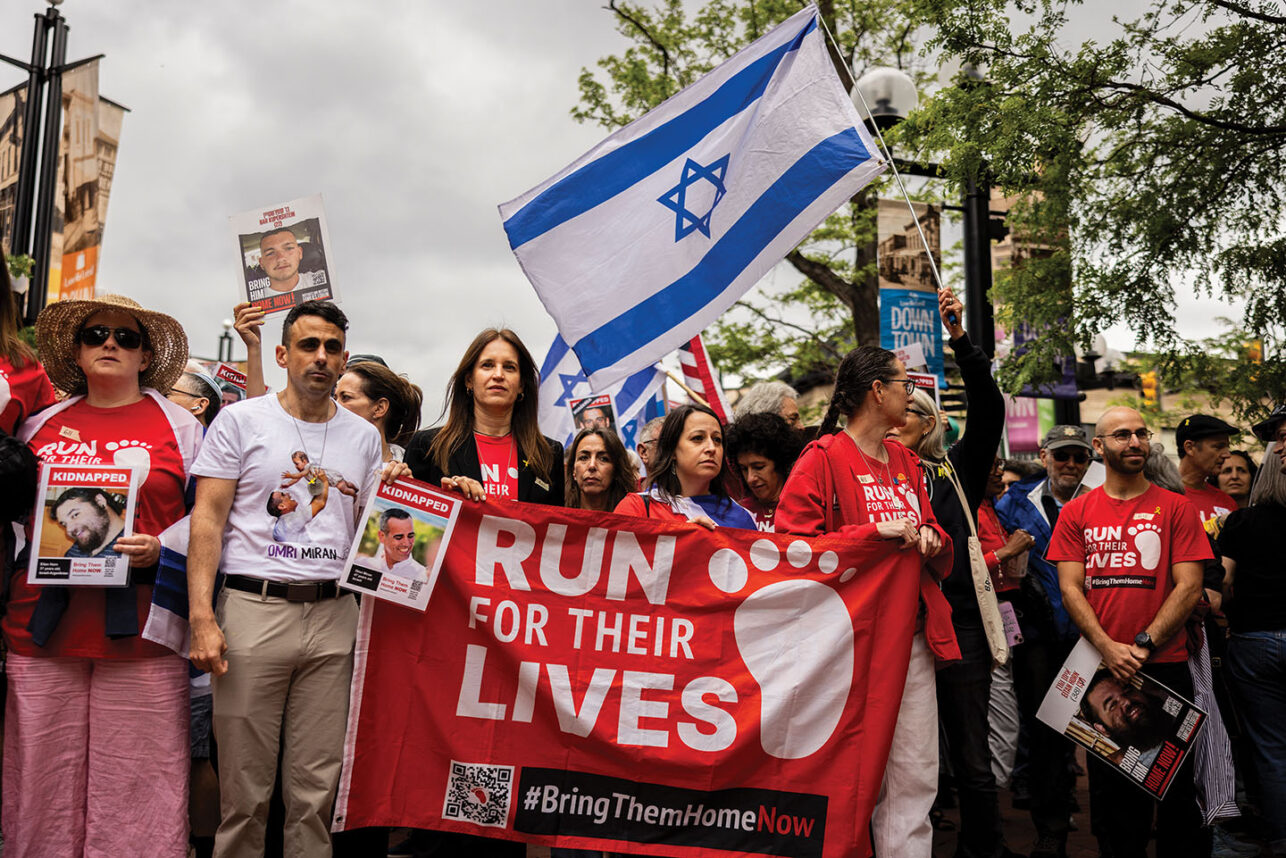


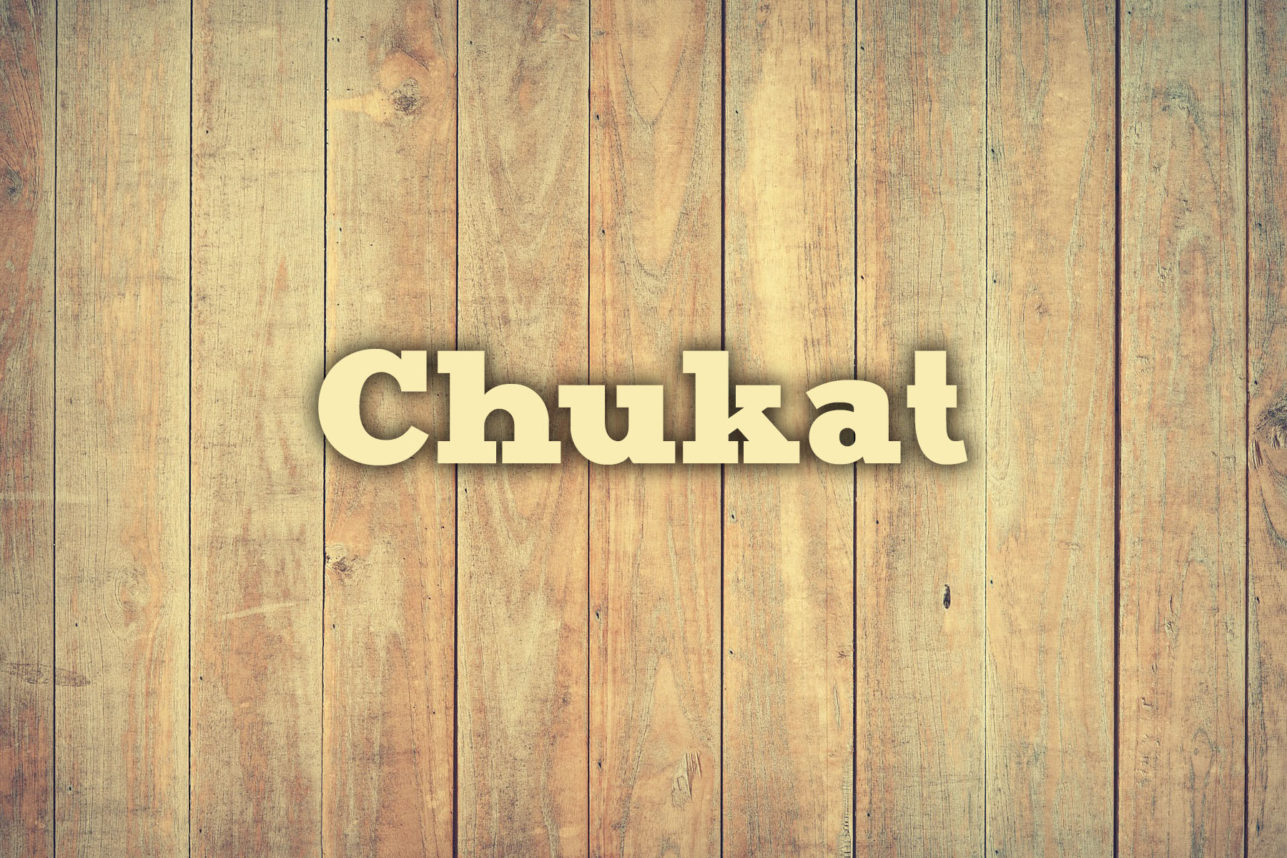
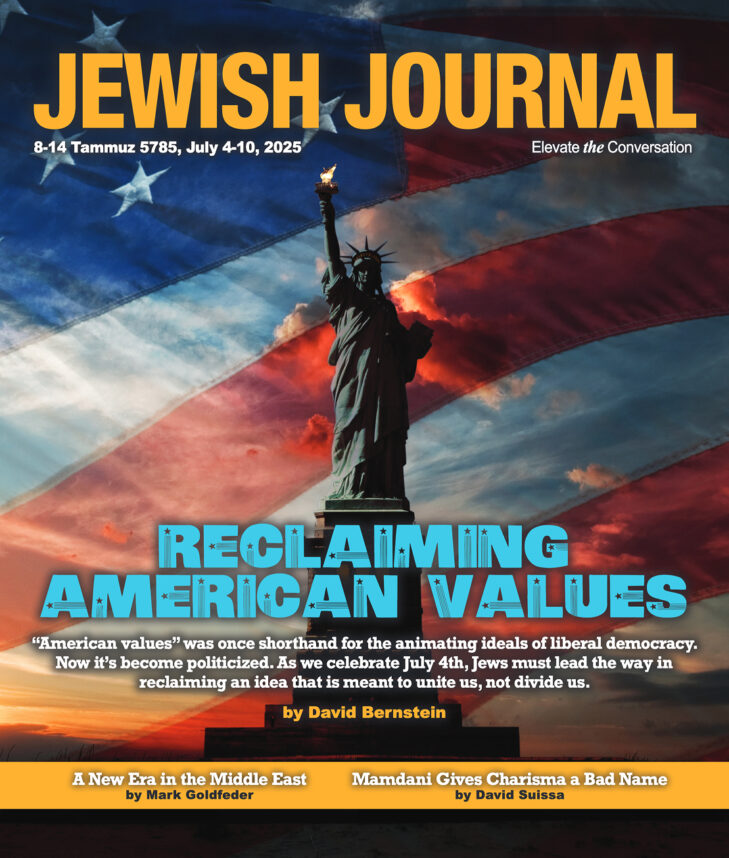
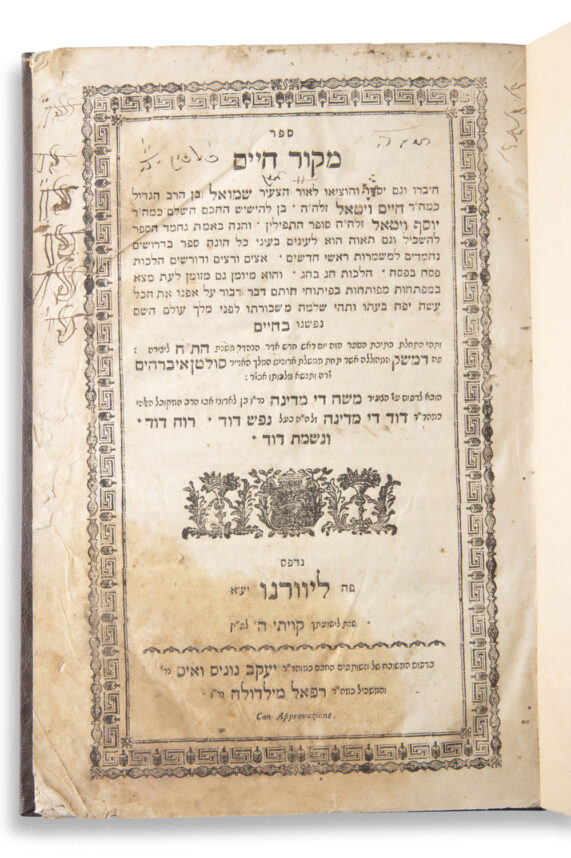
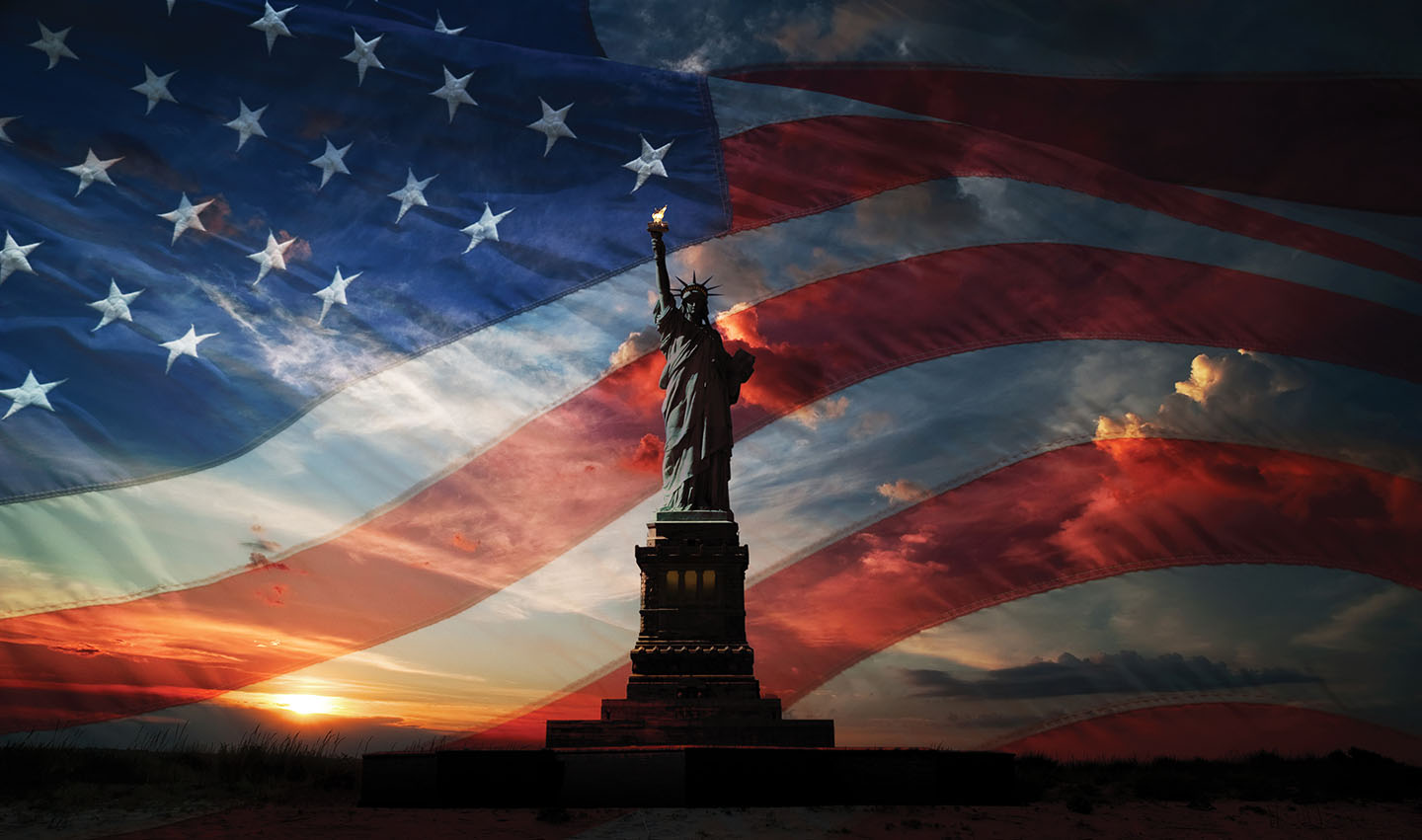
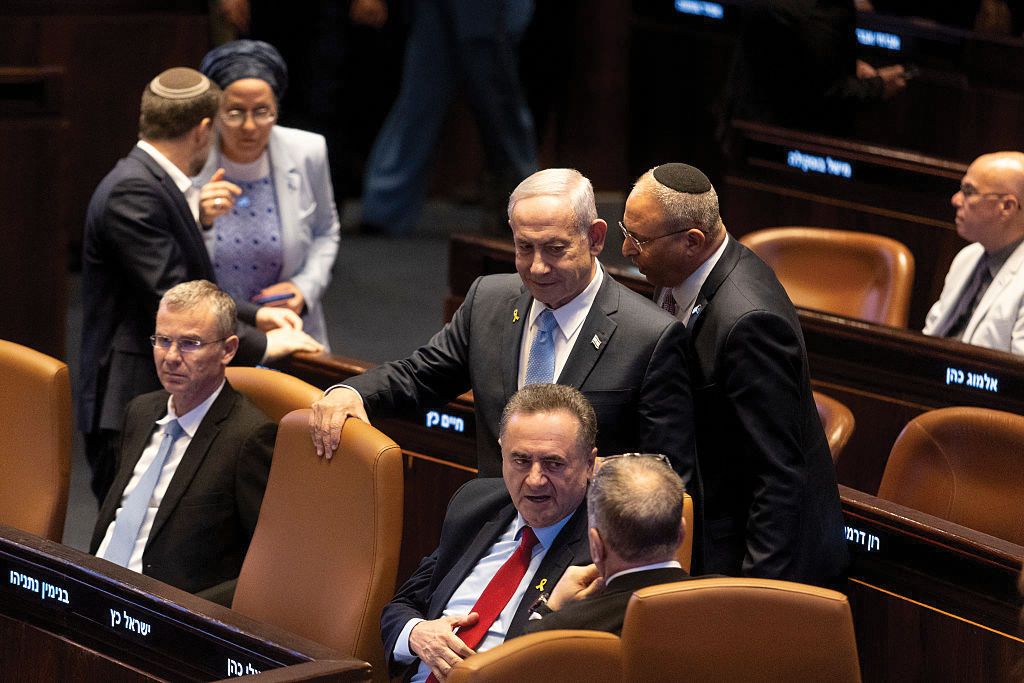
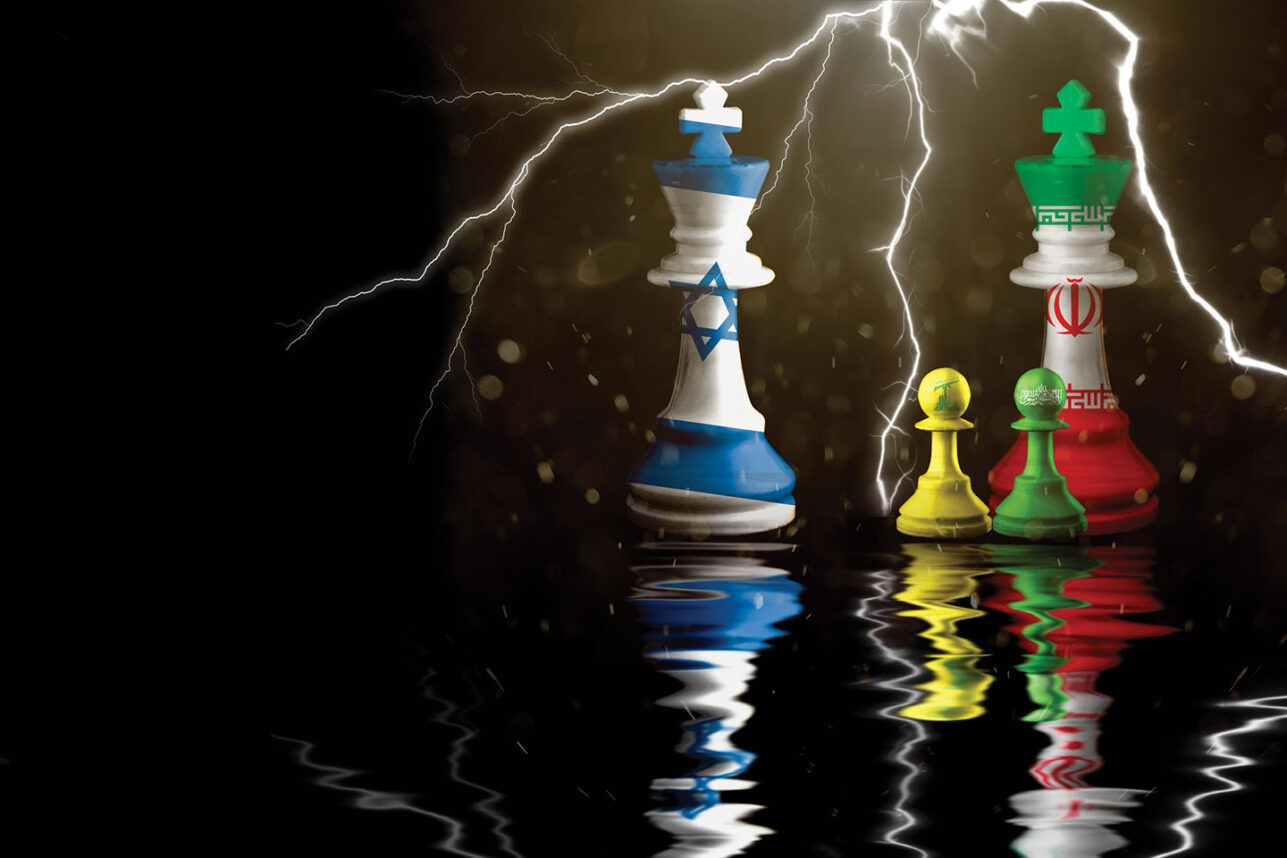

 More news and opinions than at a Shabbat dinner, right in your inbox.
More news and opinions than at a Shabbat dinner, right in your inbox.